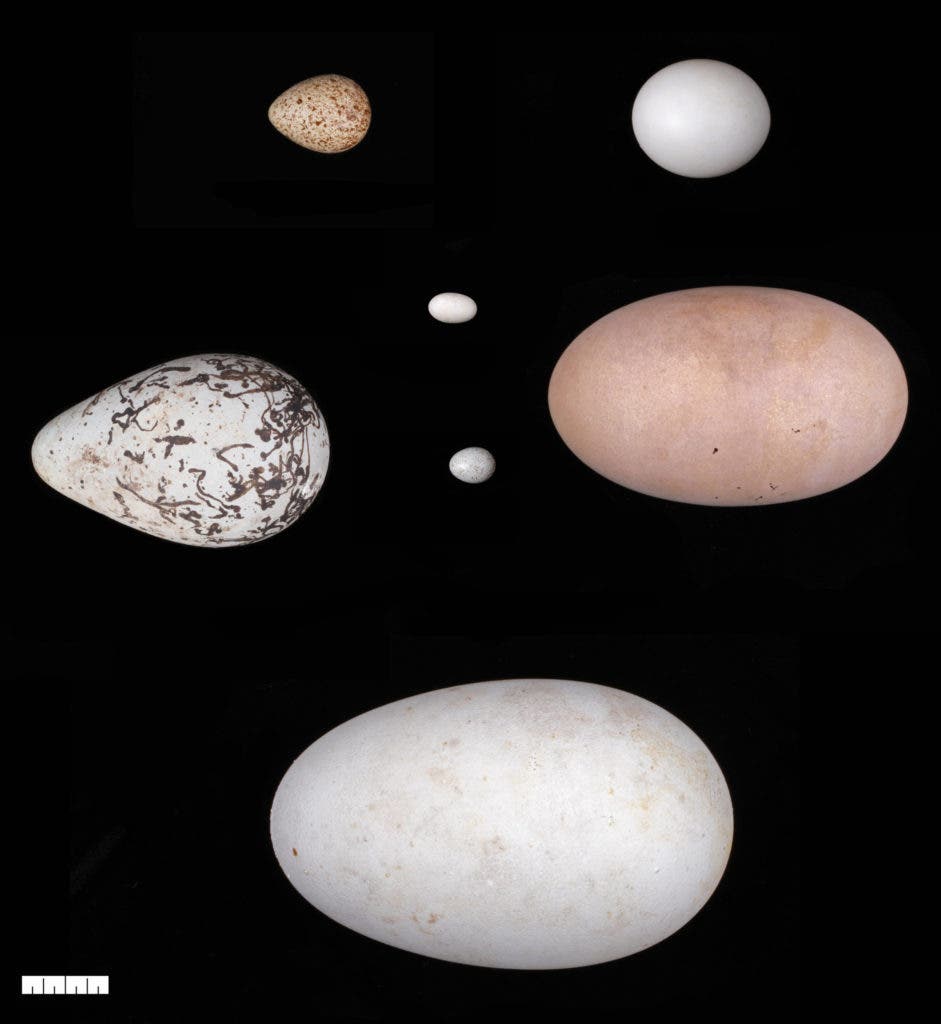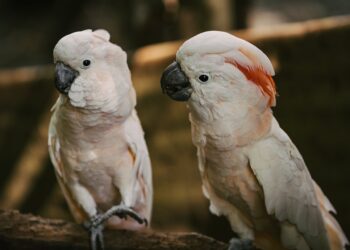
Ask anyone on the street what an egg looks like and, after a couple awkward seconds and a bewildered look, you’d likely hear ‘oval-shaped’. Sure, that’s what a chicken egg looks like but there are 18,000 or so species of birds on this planet and the shapes bird eggs can take are far more varied than what most people are used to. You can find eggs shaped like raindrops, ping-pong balls or even Tic-Tacs.
Biologists and animal behaviorists have always been aware of this but what governs egg shape had until recently eluded science. A motley crew of evolutionary biologists, physicists and applied mathematicians from the United States seem to have cracked this stubborn egg. Their work
The researchers devised a software called the Eggxtractor which sorts and classifies eggs based on their ellipticity and asymmetry. Nearly 50,000 eggs, representing all major bird orders, were plotted using data from a database of digital images by the Museum of Vertebrate Zoology in Berkeley, California. At once, they could tell the eggs varied from spherical, to elliptical, to very pointy, to almost everything in between. But how do the eggs acquire such varied shapes?
Mary Caswell Stoddard, an assistant professor of ecology and evolutionary biology at Princeton University, and colleagues decided to look at the egg’s membrane rather the shell itself. It’s the egg’s membrane — that film you can see when peeling a boiled egg — that’s essential to an egg’s shape.
There are two main parameters which can explain an egg’s shape, the researchers learned. One’s the membrane’s composition and the other is the difference in pressure applied to the membrane before the egg hatched. By tweaking these two parameters, the team was able to recreate the entire range of avian egg shapes.
Later, Stoddard and colleagues turn to another question: why do birds lay such differently shaped eggs in the first place? They looked at various hypotheses. One suggests egg shape is influenced by the location of a nest. A cliff-nesting bird, for instance, will lay pointy eggs because these are less inclined to roll off the cliff. Another popular hypothesis is that birds lay eggs in shapes that pack together neatly in different-size clutches.
What the researchers found instead was that egg shape was most strongly correlated with the bird’s wing shape; specifically with the hand-wind index which is a measure of wing shape that reflects flight ability. It seems a bird’s aerodynamics has a net effect on the eggs it lays, as reported in the journal Science.
Very good fliers, for instance, have internal organs structured in such a way that they couldn’t handle pointy or elongated eggs. Murres are fast and powerful fliers and have asymmetric eggs, as do least sandpipers, birds which are known to migrate over very long distances. Sometime in the egg shell’s 360-million-year-old evolutionary history, nature found a way to optimize flight and egg carrying.
“Our study challenges some of the old assumptions about why eggs come in a variety of shapes,” Stoddard said. “On a global scale, across birds, we find that it’s not nest location or clutch size that predicts egg shape — it’s flight ability.






